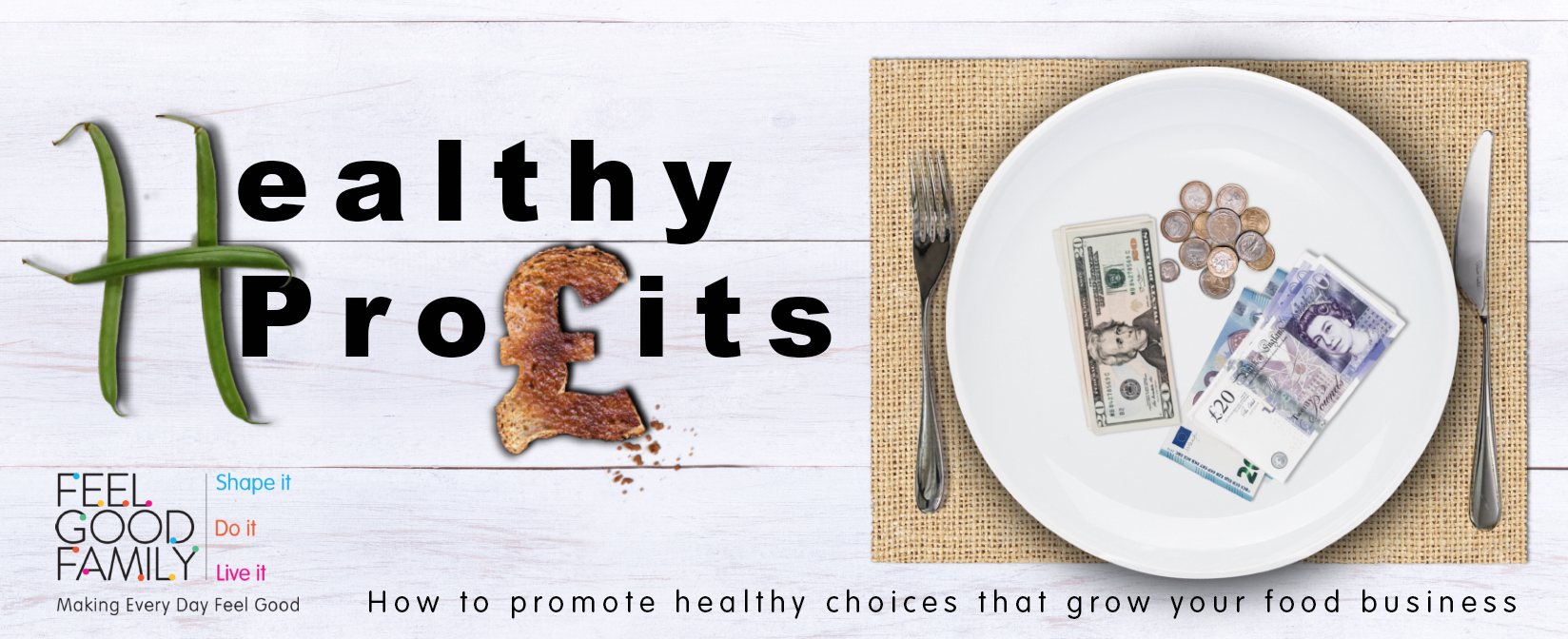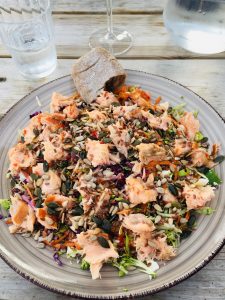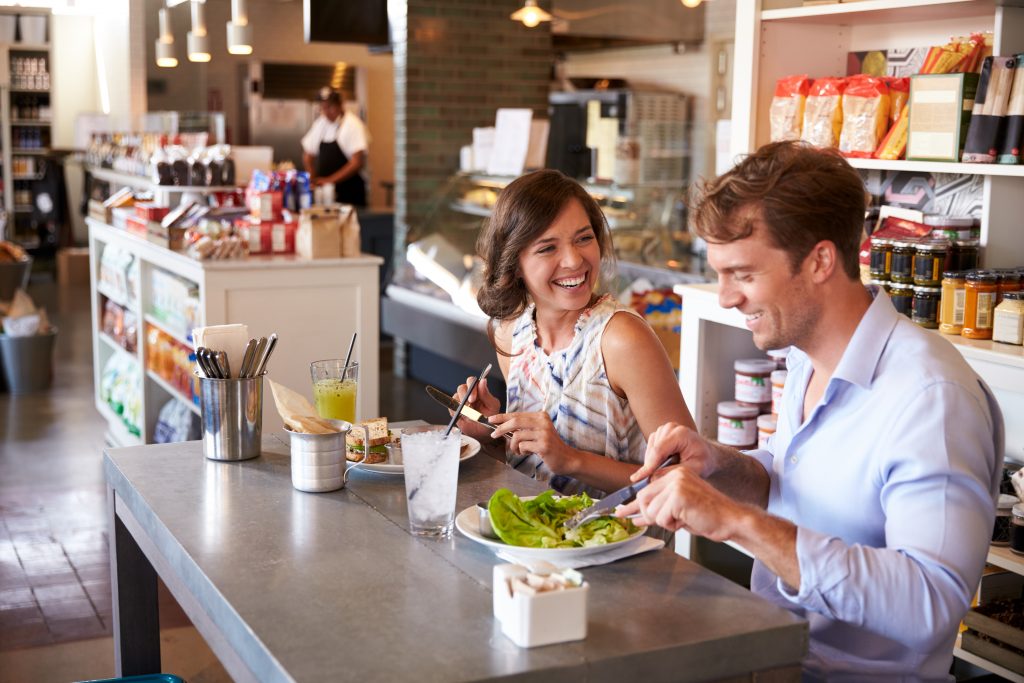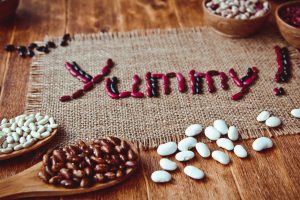
Free downloadable Top Tips poster about how to use behavioural science to increase uptake of healthier foods in schools (children aged 3 to 12 years old). Go to the free members area of our website where you can download it.
(You can access resources without signing up, but if you do register I promise you’ll only receive emails when I publish resources I think you might be interested in)
My Healthy Profits book is packed with even more tips. Find out more about it on my store page.




